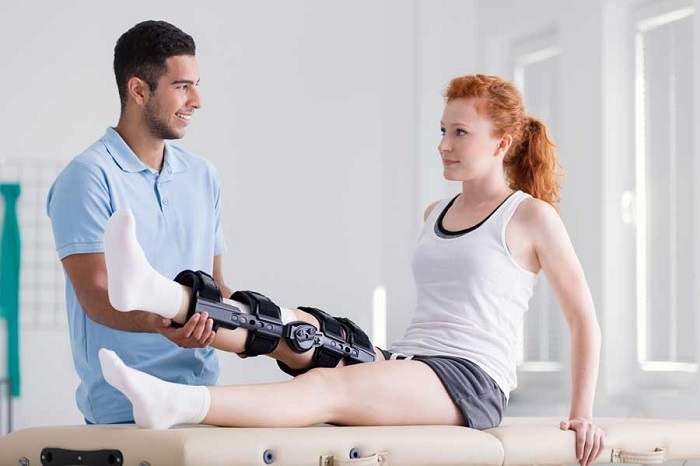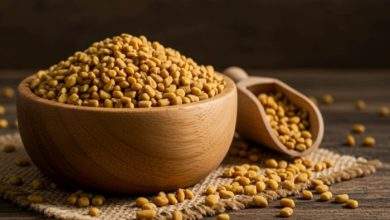
Knee injuries can disrupt daily routines and affect performance in physical activities. From occasional twinges to chronic pain, knee discomfort is common among athletes, older adults, and even those with desk jobs. Knowing when to support the knee can prevent further damage and improve recovery. Understanding the situations that call for a knee brace can make a significant difference in long-term joint health.
Knee braces provide stability and protection in critical moments. For those seeking quality options, you can check out stores such as https://therawear.com.au/collections/knee-braces, which offer a variety of designs suited to different needs. Experts highlight that selecting the right brace depends on the type of activity, injury history, and personal comfort.
Common Signs That Indicate Knee Support is Necessary
Pain is often the first warning that a knee brace might help. Sharp or persistent pain during walking, climbing stairs, or running signals the need for additional support. Swelling around the joint can indicate overuse or inflammation, which braces can alleviate by reducing strain.
Instability is another crucial indicator. A knee that feels like it might “give out” during movement shows that ligaments may be weakened. Braces stabilize the joint, providing confidence and reducing the risk of sudden injuries.
Situations Where Braces Improve Safety
Certain activities demand extra knee support to prevent injuries. Experts point out several scenarios:
- Sports with sudden changes in direction: Sports like Football, basketball, and tennis place high stress on knees.
- Heavy lifting: Exercises like squats and lunges can strain ligaments without proper support.
- Repetitive motion tasks: Jobs requiring constant bending or climbing increase wear on joints.
These situations benefit from braces that provide compression, alignment, and reduced joint stress. A suitable brace can lower injury risks while improving performance.
Post-Injury Recovery Benefits
Knee braces are often prescribed after ligament injuries or surgeries. Recovery from ACL tears, meniscus damage, or cartilage surgery requires controlled movement. Braces help limit harmful motions and allow healing tissues to strengthen.
Experts emphasize that a brace does not replace physical therapy. It acts as an adjunct, supporting the knee while exercises rebuild stability and flexibility. Wearing a brace during the first few weeks after surgery can protect the joint and encourage safer mobility.
Age-Related Knee Support Needs
As age advances, cartilage naturally wears down, leading to conditions like osteoarthritis. Daily activities may become painful, and knees may lose their natural cushioning. Braces can reduce pressure on joints and improve comfort during walking or standing for extended periods.
- Mild support braces: Reduce minor discomfort and provide gentle alignment.
- Hinged braces: Offer stability for more advanced joint degeneration.
- Compression sleeves: Promote blood circulation and help reduce swelling.
Selecting the right option depends on pain levels, activity type, and overall joint health.
How to Choose the Right Knee Brace
Choosing a brace involves more than picking a size or style. Experts advise evaluating the purpose, injury type, and fit. A loose brace may provide minimal support, while one that is too tight can restrict circulation.
- Support level: Mild, moderate, or maximum protection depending on activity or injury.
- Material: Breathable fabrics improve comfort during prolonged wear.
- Mobility needs: Some braces allow full movement, while others restrict certain motions.
Trying different designs and consulting a specialist ensures the knee receives adequate support without compromising flexibility.
Knee braces provide essential support in a variety of situations. They stabilize the joint during sports, aid recovery after injuries, and help manage age-related discomfort. Proper selection and use maximize protection and comfort. Using a brace correctly can protect knees, enhance confidence in movement, and prevent future complications.




